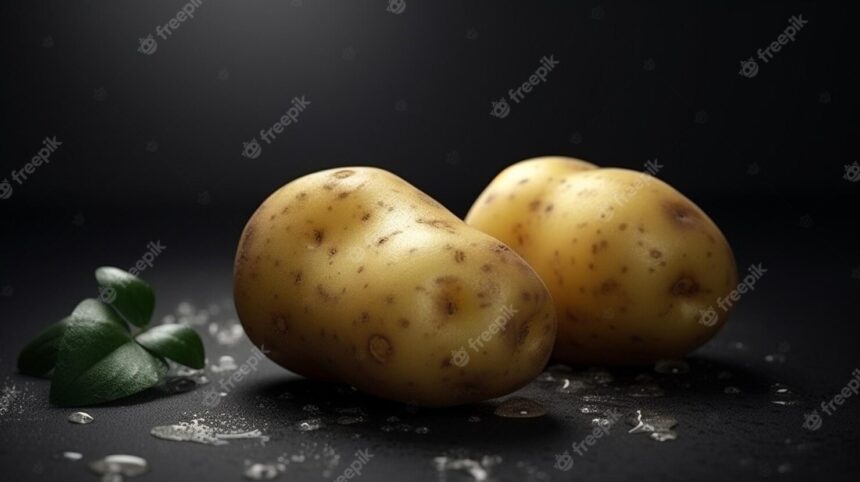Powdery scab is a common potato disease caused by the pathogen Spongospora subterranea. It affects the tubers and can lead to significant yield losses if not properly managed. Here are some symptoms of powdery scab that you should look out for in potatoes:
- Powdery scabs on the surface: The most apparent symptom is the presence of raised, corky, and powdery scabs on the surface of potato tubers. These scabs can vary in size, ranging from small lesions to larger irregular patches. They are often white or yellowish in color and have a powdery appearance.
- Pitted or rough tuber surface: Infected potatoes may develop pitted or rough skin. The scabs can cause the skin to become uneven, resulting in a bumpy texture on the tuber surface.
- Reduced tuber size: Powdery scab can hinder the growth of potato tubers. Infected plants may produce smaller tubers compared to healthy ones. The overall yield can be significantly reduced as a result.
- Internal corking: In some cases, powdery scab can cause internal corking of the tubers. This means that corky tissues develop inside the potato, affecting its texture and quality. The affected areas may appear brown or grayish.
- Deformed or misshapen tubers: The presence of powdery scab can lead to tuber deformities. Infected potatoes may exhibit irregular shapes, bulges, or constrictions due to the scab lesions interfering with the normal growth of the tuber.
It’s important to note that symptoms can vary depending on the severity of the infection and the potato variety. If you suspect powdery scab in your potato crop, it is advisable to consult with a local agricultural extension service or a plant disease specialist for an accurate diagnosis and guidance on management strategies.
Join 'Farmers Mag' WhatsApp Channel
Get the latest Farming news and tips delivered straight to your WhatsApp
CLICK HERE TO JOIN






